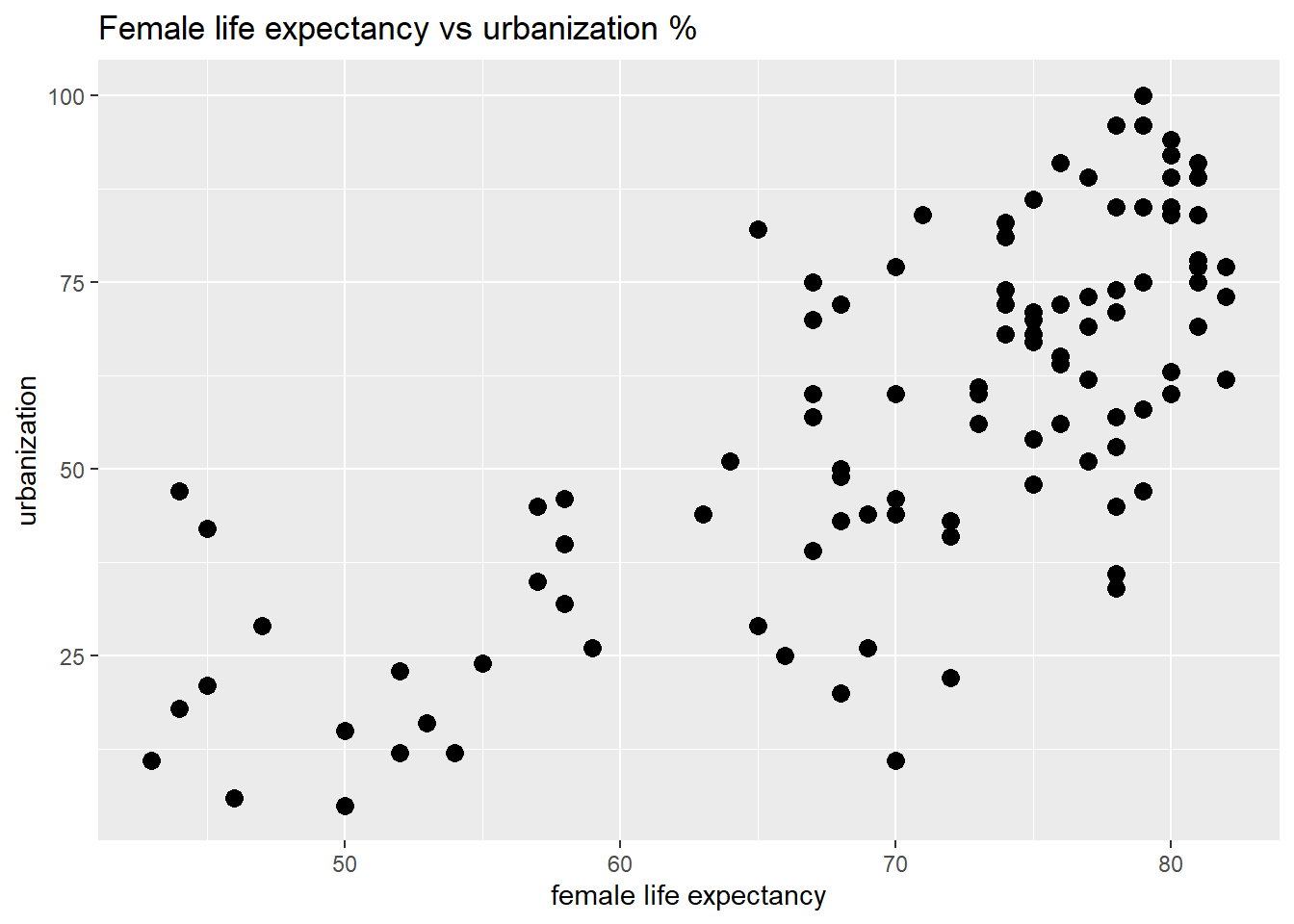Chapter 1 Introduction to statistics
Exercise 1.1 Try to characterize the following variables in terms of the types numerical and continuous, numerical and discrete, categorical and ordinal, categorical and nominal.
- The classification of a company in a stock market as belonging to industry, mining, energy, telecom, transport, etc…
- The monthly fuel cost for a transport company.
- The main mode of transportation a person used traveling to work on a given day: car, bus, bike, walk, taxi, subway, passenger in private car, other.
- The number of transportation modes a person used traveling to work on a given day (For instance, it is 2 if a person went by subway and taxi).
- A stock market analysts recommendation for particular stocks as Sell, Hold, Buy, Strong buy.
- The share price of Apple on the New York Stock exchange at a given time.
Exercise 1.2 In a sample of \(n = 200\) medical operations at a hospital, the average duration was \(\bar{x} = 56\) minutes, with a standard deviation of \(S = 11\) minutes. Supposing the distribution of times is fairly symmetrical, find an interval that is likely to include about 95% of the durations of such operations. Discuss how such information can be used for planning purposes at the hospital.

Figure 1.1: Urbanization and female life expectancy
Exercise 1.3 Take a look at the scatterplot in figure 1.1. This shows the urbanization percentage vs the female life expectancy in the sample data world95. Consider some country not in the sample.
Suppose you knew that the female life expectancy was about 50 in the country. What would you guess for the urbanization % in the country? Give an approximate interval where you would expect to find the number.
Repeat for a country not in the sample, with female life expectancy at 80 years.
Do the data and the strong correlation indicate that it is more healthy to live in a city than on the countryside?